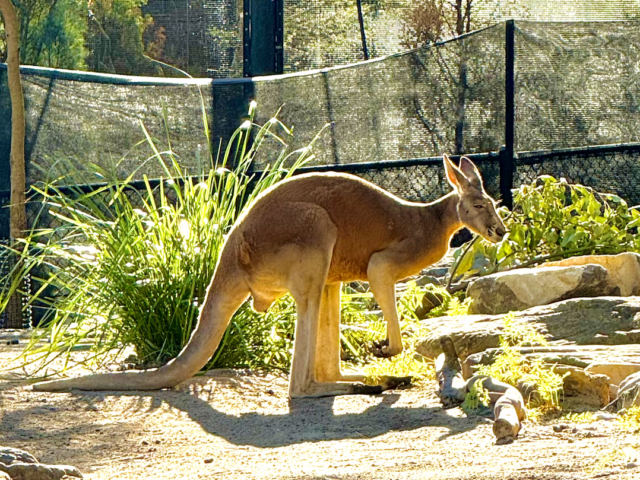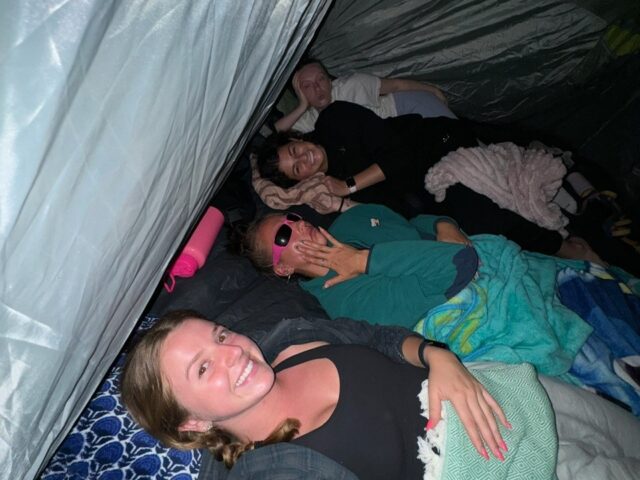The Northern Territory has cultivated indigenous people’s ability to build deep spiritual connection to their land for centuries. This state is full of history, adventure, plants and animals, waterfalls, destinations and culture and part of the country you don’t want to miss out on if you want to really discover Australia. The respect and richness of the land is well portrayed in indigenous drawings and the area’s environmental studies. The Northern Territory holds Australia’s most vibrant Indigenous culture and plethora of diverse landscapes and species. The “Top End” is home to these seven lovable destinations and characteristics.
Beautiful Waterfalls
If one of your dreams is to swim under a waterfall amidst gorgeous scenery, clear water and potentially alongside a freshwater crocodile, Wangi Falls is the place for you. These waterfalls are located in Litchfield National Park and are best as a destination in the wet season. There is even a one mile walk to the top of the waterfalls, where you will probably spot fruit bats hiding in the trees if you look hard enough.

Aboriginal Culture
If you want to really experience the history of aboriginal culture, Warradjan Aboriginal Cultural Centre in Kakadu National Park displays artifacts and stories illustrating different traditions throughout the years. The gallery offers local artworks, Aboriginal crafts, traditional music and much more. Additionally located in Kakadu National Park, the Marrawuddi Gallery displays and sells a variety of paintings on paper and bark, woodwork, fiber work, books and more in this indigenous-owned enterprise.
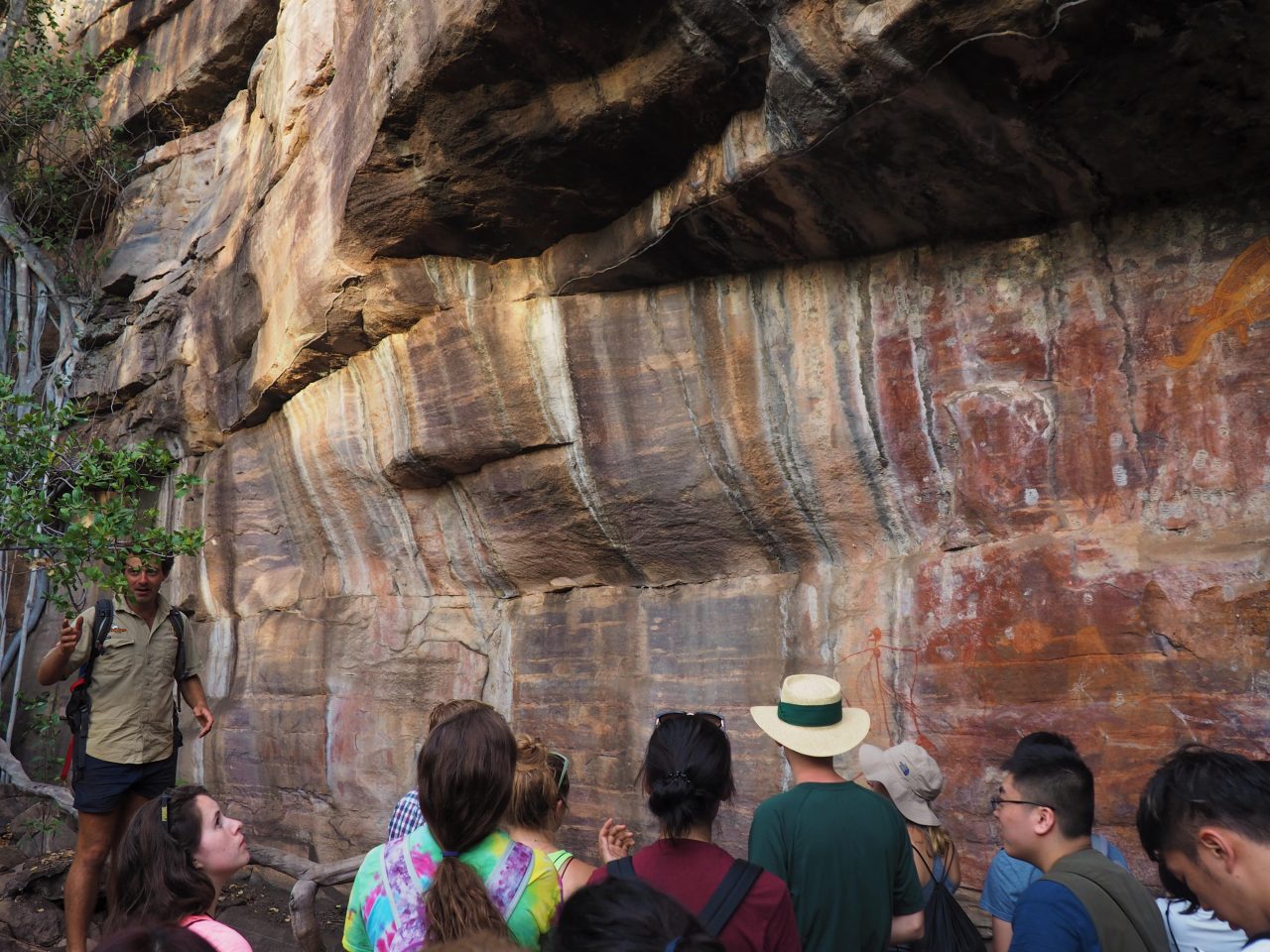
Northern Territory Wildlife Park
This park has the widest diversity of animals I have ever seen in one place. With wetlands, monsoon vine forest and woodlands, this park hosts a number of aquatic species, including turtles and saltwater crocs, billabong species, including water monitors and wallabies, along with aviary species and even nocturnal species, including flying squirrels and various invertebrates.
Litchfield National Park
In addition to the Wangi and Florence Falls, this National Park is home to various swimming holes, monsoon rainforests, termite mounds, historic sites and rainforest. Located nearby is Mount Bundy Station where you’re surrounded by a tranquil farm experience and likely jumping wallabies in the morning.
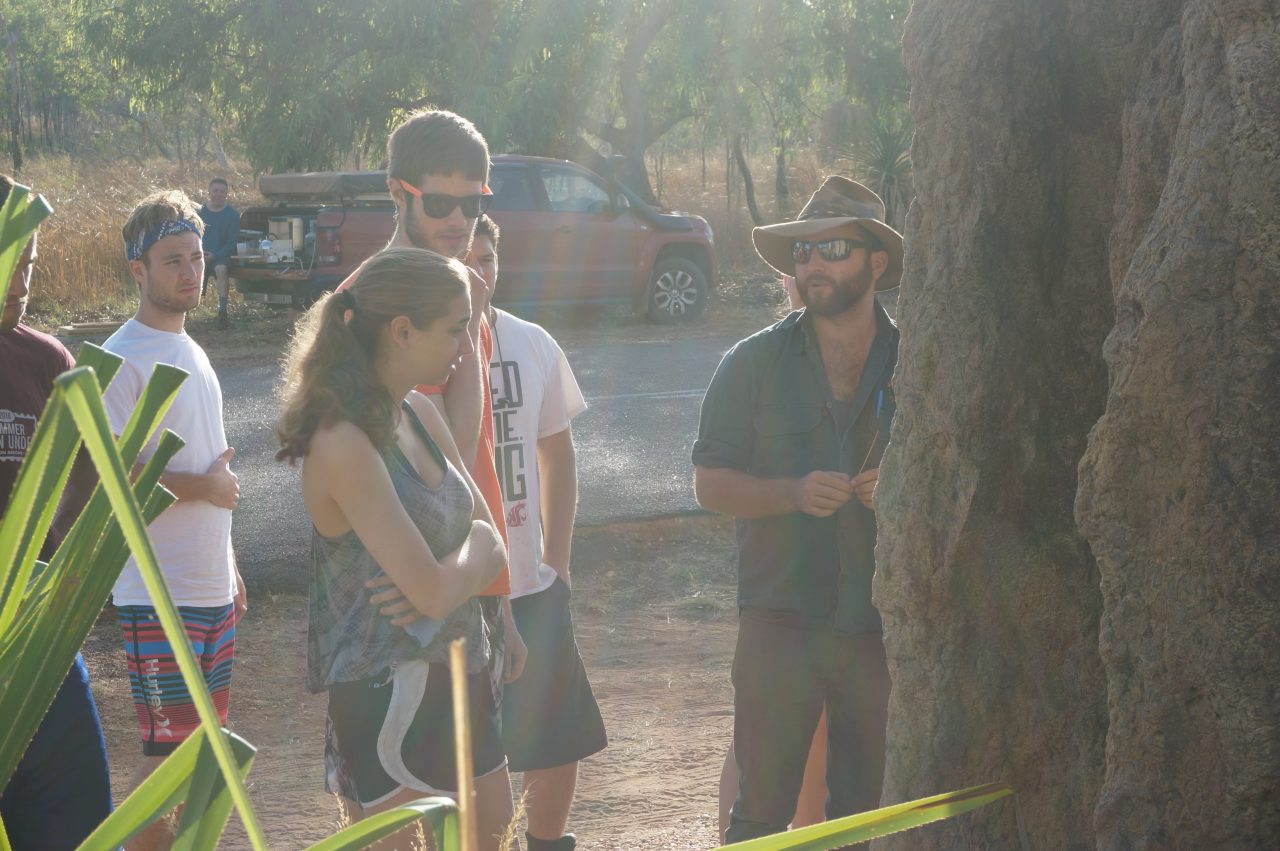
Crocodiles
If you have ever wanted to see a crocodile’s insane ability to jump within three feet of you, don’t miss this cruise. Moving along the Adelaide River, your tour guide will not hesitate to make sure you see how much these crocodiles love lunchtime.
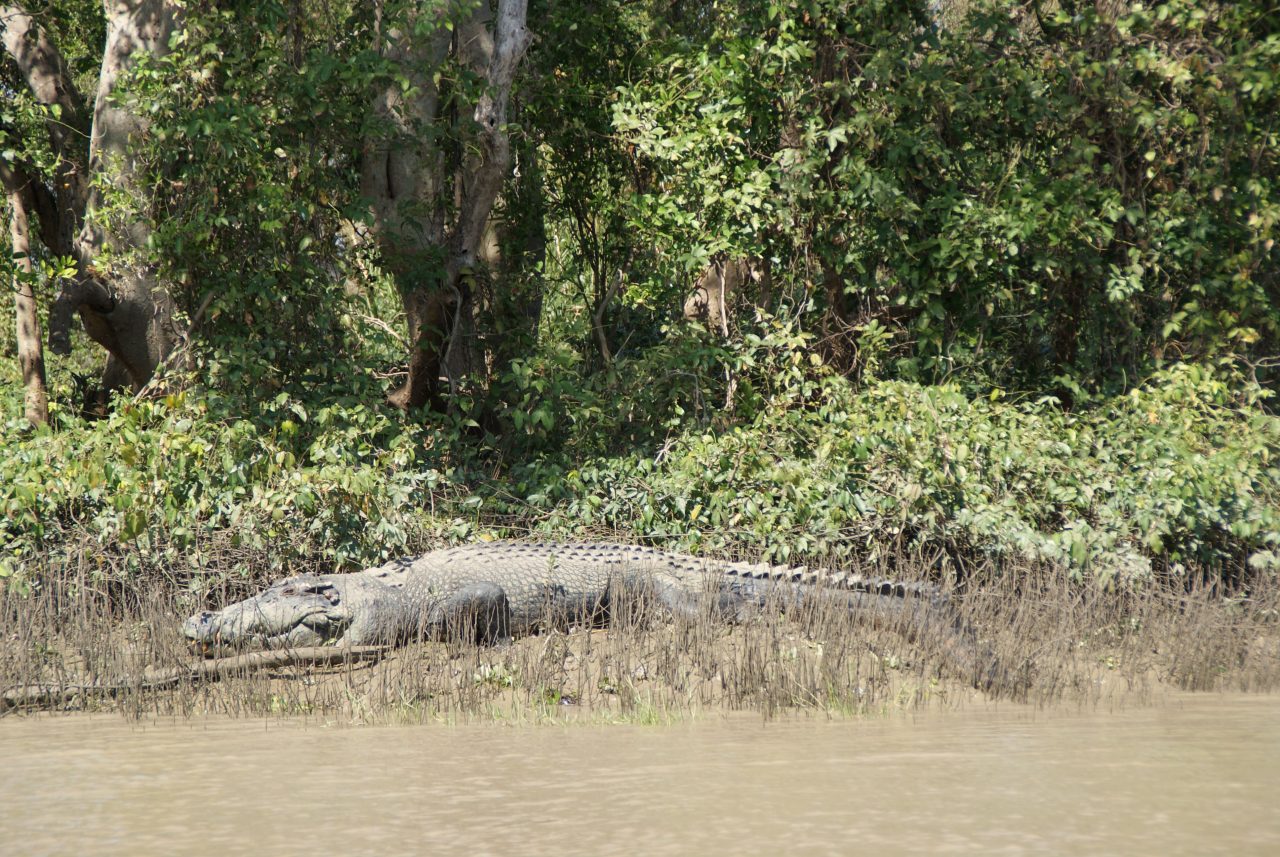
Kakadu National Park
An expedition to the World Heritage-listed Kakadu National Park should consist of hiking, various overlooks (Nawurlandja), billabongs, rock wallabies, crocodiles at the east alligator river, Ubirr aboriginal rock art, mamukala wetland, Beatrice Hill, spectacular scenery, and distinct plants and animals. This park will familiarize you with the spiritual and ecological ties of Aboriginal culture with the landscape.
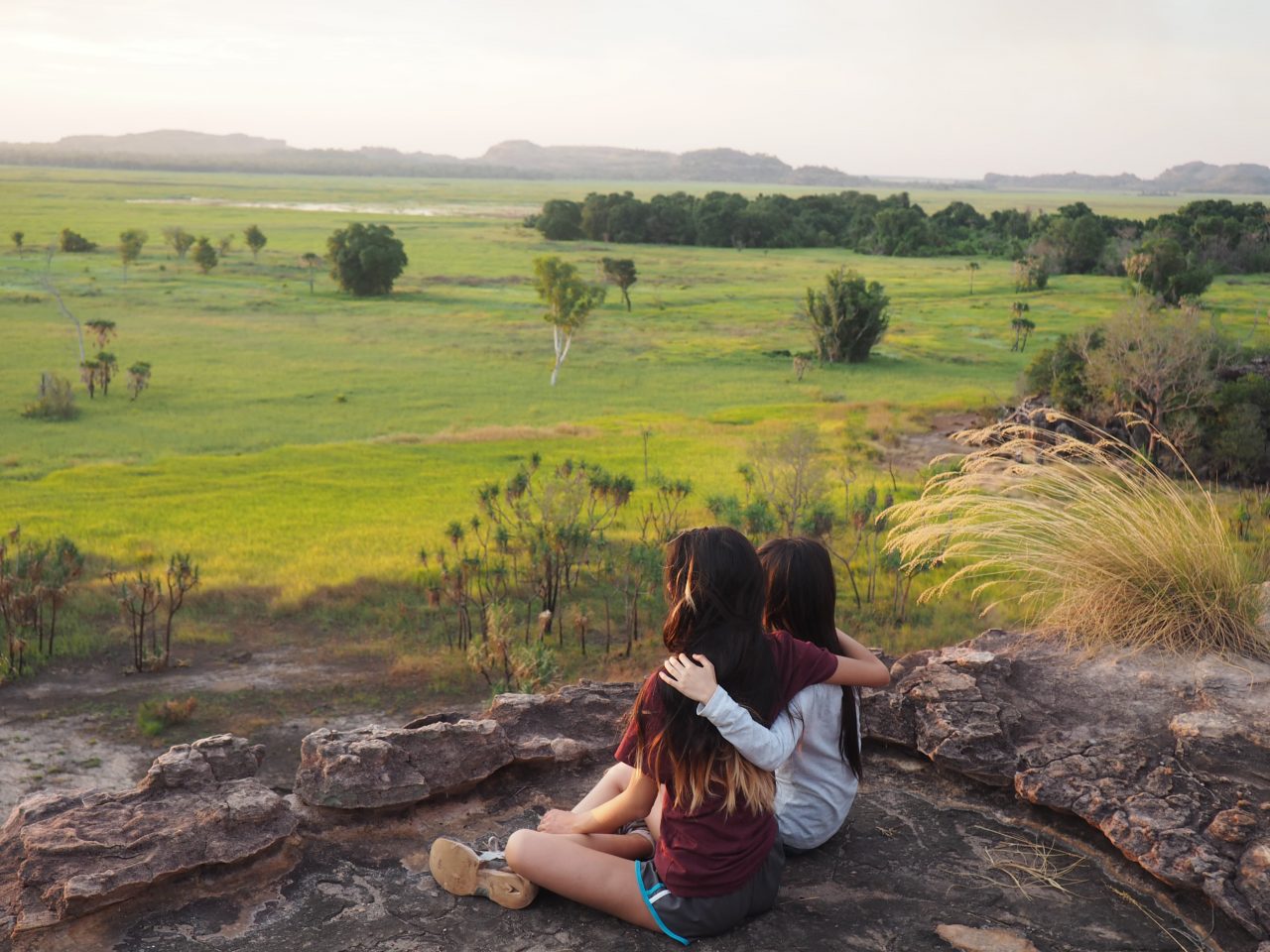
Kata Tjuta National Park
This national park, like much of Australia, highlights Aboriginal perspectives of the Australian landscape and its importance to this ancient land. The park is home to the world-renowned sandstone monolith, Uluru, which is 348 meters in height and boldly displays various inscriptions made by ancestors of the Northern Territory of Australia.
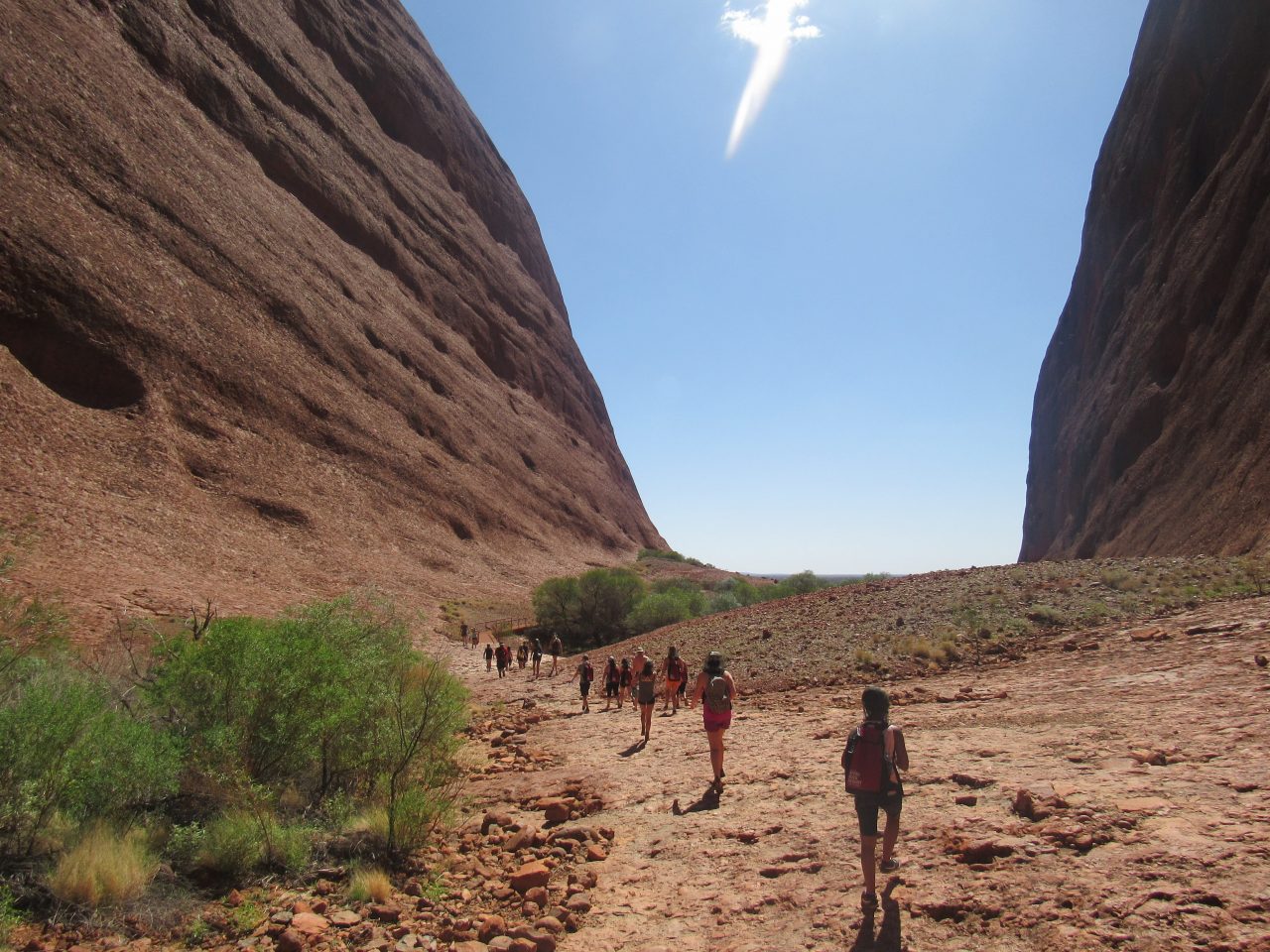
Megan Comer is a TEAN Alum and graduate of Virginia Tech. She studied abroad with TEAN on the Australian Environment, Wildlife, and Conservation summer program.



